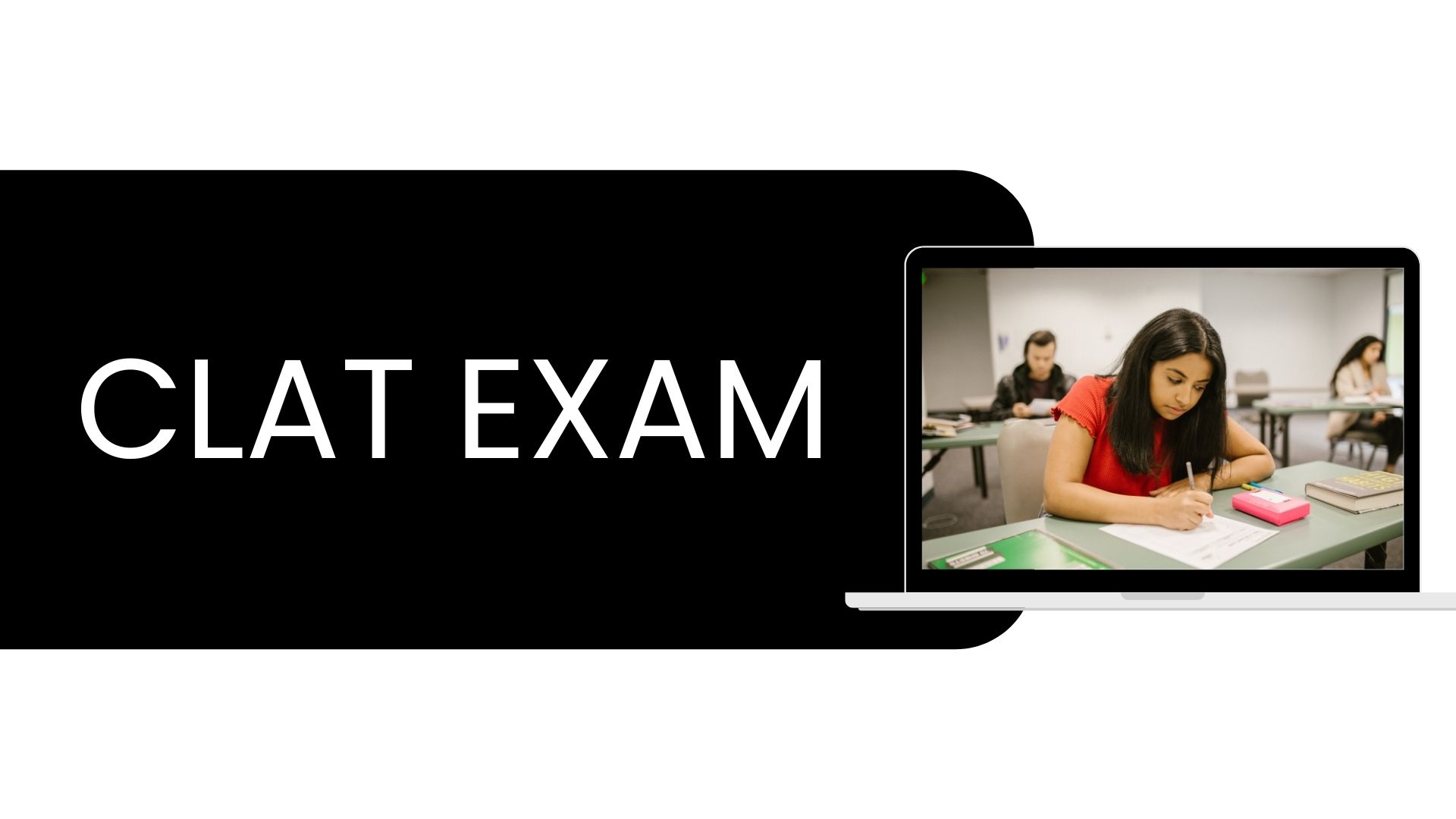The Consortium is the conducting body for the CLAT exam. Each year all the essential details like CLAT exam pattern, CLAT exam date etc, are released by the Consortium. This year some changes in the CLAT exam pattern have been announced. This article will provide the updated CLAT exam pattern.
CLAT Exam Pattern (Updated)
In 2022, the CLAT exam was held twice due to shifts in the dates of the exam. Since then, the exam is held in December instead of May. The exam was shifted to December due to clashes with the entrance exam and 12th-grade board exams. This year another change has been introduced in the CLAT exam. The CLAT exam pattern has been updated.
The question count for the CLAT UG exam has been reduced to 120 questions from 150 questions spread across 5 sections. The time limit has stayed the same i.e. 120 minutes or 2 hours. Now both the exam, CLAT UG and CLAT PG have the same question count. Rest all aspects of the CLAT exam pattern are the same.
CLAT Exam Pattern: Undergraduate
| S.No. | CLAT Exam Pattern | Details |
| Purpose | Admission to Undergraduate Programmes | |
| Exam Date and Day | 3 December 2023, Sunday | |
| Exam Duration | 120 Minutes | |
| Exam Mode | Offline | |
| Test | Pen-Paper Based Test | |
| Exam Medium | English | |
| Exam Sections | 5 SectionsEnglish LanguageLogical ReasoningLegal ReasoningQuantitative TechniqueCurrent Affairs including General Knowledge | |
| Total Marks | 120 Marks | |
| Question Count | 120 Questions | |
| Sectional Time Limit | No |
CLAT Exam Pattern: Postgraduate
| S.No. | CLAT Exam Pattern | Details |
| Purpose | Admission to Postgraduate Programmes | |
| Exam Date and Day | 3 December 2023, Sunday | |
| Exam Duration | 120 Minutes | |
| Exam Mode | Offline | |
| Test | Pen-Paper Based Test | |
| Exam Medium | English | |
| Exam Sections | 2 SectionsConstitutional LawOther domains of Law like administrative law, property law, tax law, intellectual property law etc. | |
| Total Marks | 120 Marks | |
| Question Count | 120 Questions | |
| Sectional Time Limit | No |
CLAT Syllabus: Undergraduate
English Language
- Reading Comprehension: This section tests the candidate’s ability to understand and comprehend a passage of text. Questions may be asked on the main idea of the passage, the author’s purpose, the meaning of words and phrases, and the inferences that can be drawn from the passage.
- Grammar: This section tests the candidate’s knowledge of basic grammar rules, such as subject-verb agreement, pronoun usage, and punctuation. Questions may also be asked on more complex grammar concepts, such as sentence structure and style.
- Vocabulary: This section tests the candidate’s knowledge of words and their meanings. Questions may be asked on the meaning of individual words, the synonyms and antonyms of words, and the usage of words in context.
Legal Reasoning
- Legal Maxims: This section tests the candidate’s knowledge of common legal maxims, such as “ignorance of the law is no excuse” and “a man’s home is his castle.”
- Legal Concepts: This section tests the candidate’s understanding of basic legal concepts, such as torts, contracts, and criminal law.
- Legal Reasoning: This section tests the candidate’s ability to apply legal principles to factual scenarios. Questions may be asked on how to interpret statutes, how to resolve legal disputes, and how to construct legal arguments.
Logical Reasoning
- Syllogisms: This section tests the candidate’s ability to identify and evaluate syllogisms, which are logical arguments consisting of two premises and a conclusion.
- Analogies: This section tests the candidate’s ability to identify and evaluate analogies, which are comparisons between two things that share similar characteristics.
- Logical Sequences: This section tests the candidate’s ability to identify and evaluate logical sequences, which are sets of statements that follow a logical order.
- Other Logical Reasoning Concepts: This section may include questions on other logical reasoning concepts, such as conditional statements, disjunctions, and negations.
Current Affairs including General Knowledge
- Static General Knowledge: This section tests the candidate’s knowledge of general knowledge topics, such as history, geography, science, and current events.
- Current Affairs: This section tests the candidate’s knowledge of current events in India and the world.
Quantitative Techniques
- Basic Mathematics: This section tests the candidate’s knowledge of basic mathematical concepts, such as numbers, operations, and equations.
- Data Interpretation: This section tests the candidate’s ability to interpret data presented in tables, charts, and graphs.
- Numerical Ability: This section tests the candidate’s ability to solve numerical problems.
CLAT Syllabus: Postgraduate
Constitutional Law: The section will include questions around the following themes:
- Basic Features of the Indian Constitution
- Citizenship
- Fundamental Rights
- Directive Principles of State Policy
- Fundamental Duties
- Constitutional Remedies
- Legislative Powers of the Union and the States
- Executive Powers of the Union and the States
- Judiciary
- Emergency Provisions
- Amendment of the Constitution
Other domains of law: The second section will include questions from various domains of law. Some of them include:
- Criminal law: This branch of law deals with crimes and the punishment of criminals. It includes issues such as the definition of crimes, the elements of crimes, and the defences to criminal charges.
- Civil law: This branch of law deals with disputes between individuals or organizations. It includes issues such as contracts, torts, and property law.
- Administrative law: This branch of law deals with the powers and duties of government agencies. It includes issues such as rulemaking, adjudication, and enforcement.
- International law: This branch of law deals with relations between countries. It includes issues such as treaties, war, and diplomacy.
- Tax law: This branch of law deals with the taxation of individuals and businesses. It includes issues such as income tax, sales tax, and property tax.
- Labour law: This branch of law deals with the rights and responsibilities of workers and employers. It includes issues such as minimum wage, overtime pay, and workplace safety.
These are just a few of the many different domains of law. The CLAT syllabus is vast therefore the aspirants must have a holistic understanding of the law.




